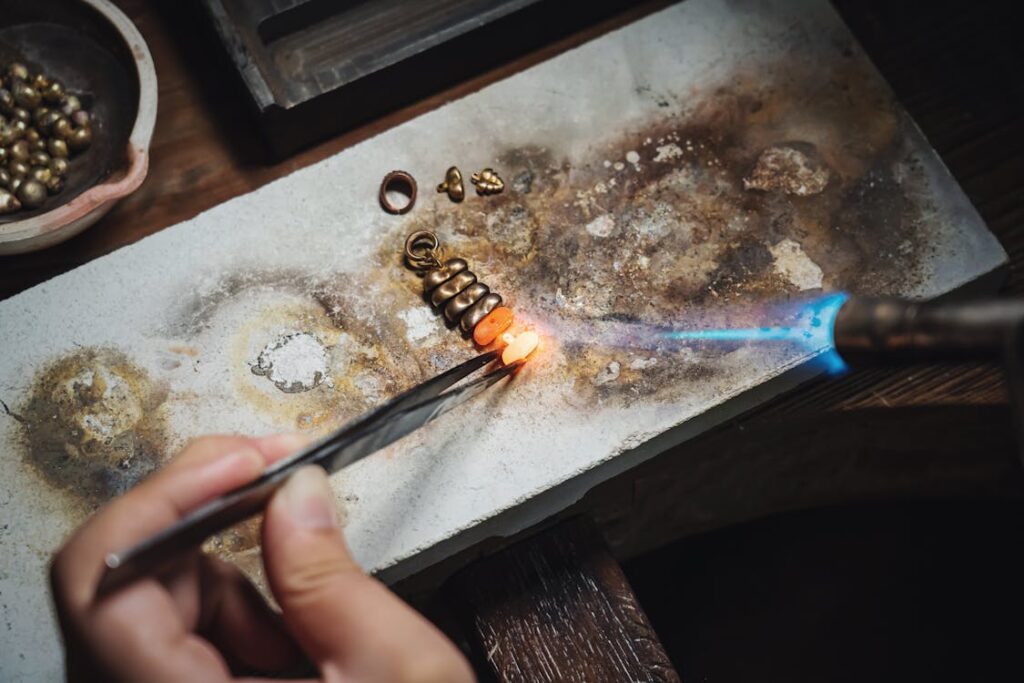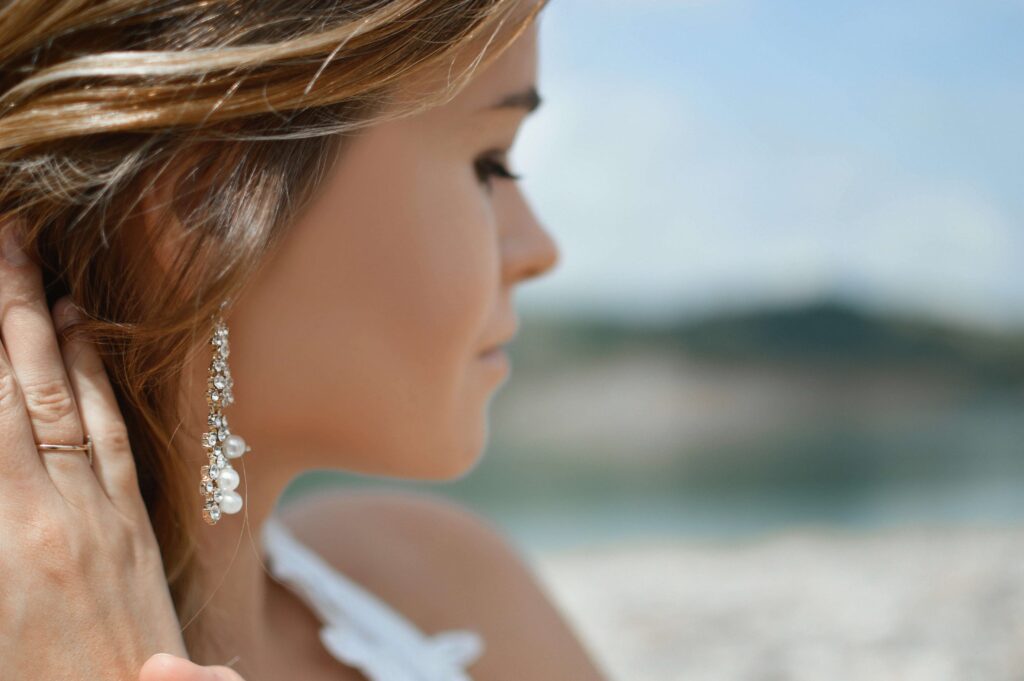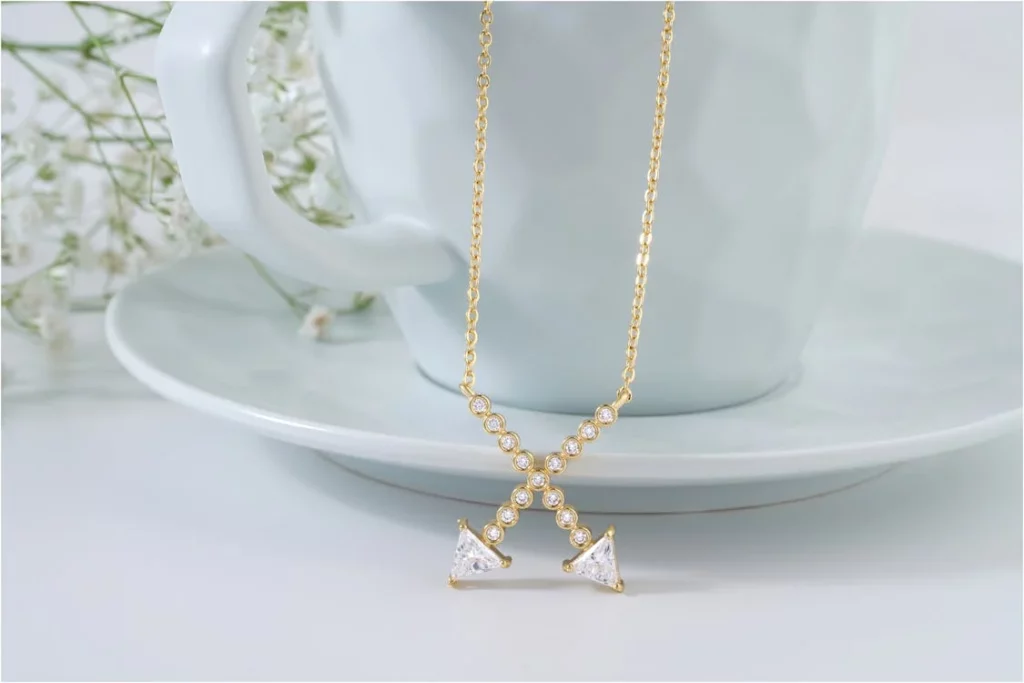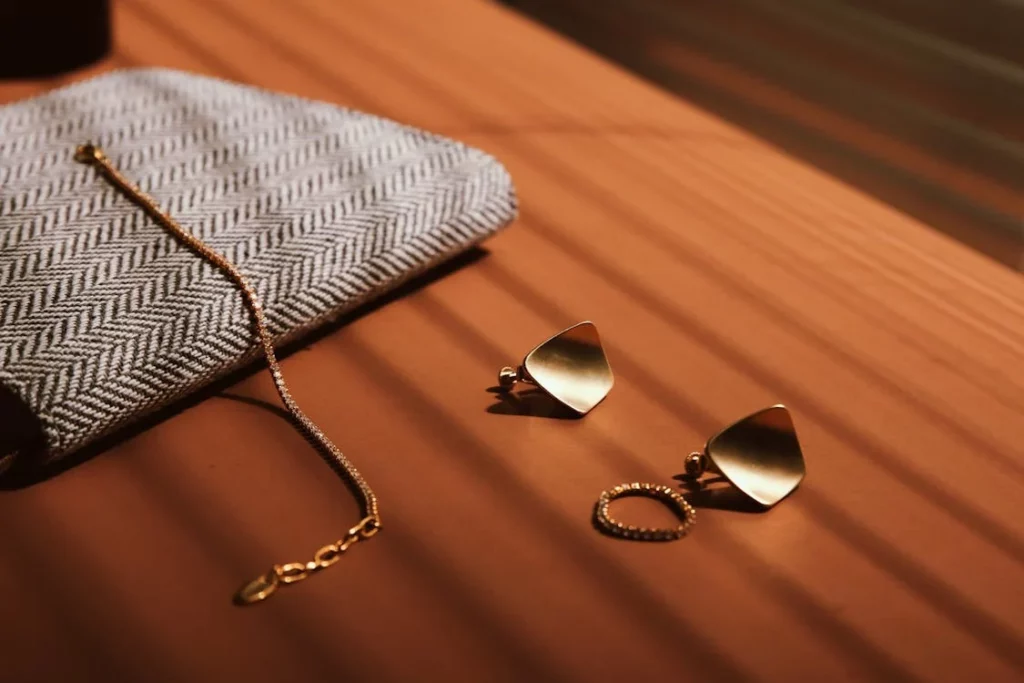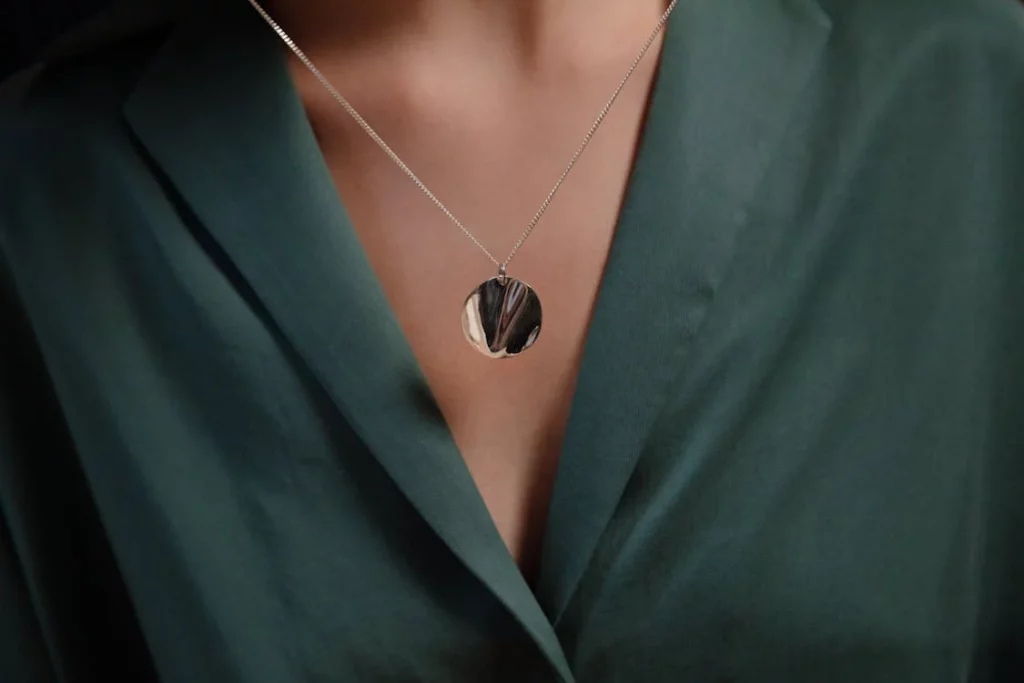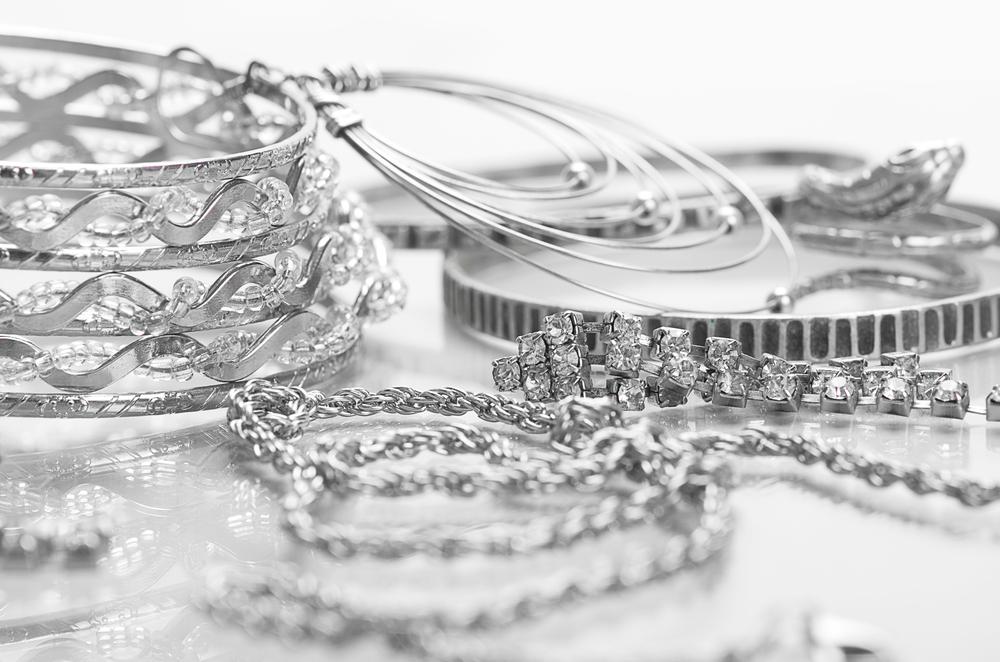
925 sterling silver is a term commonly heard in the jewelry industry, but do you really know what it means? If you’re a jewelry enthusiast or someone looking to buy silver jewelry, understanding the significance of 925 sterling silver is crucial.
In diesem Artikel, we will dive into the world of sterling silver, explore its composition, and discover why it is highly sought-after in jewelry making. By the end of this article, you’ll have a clear understanding of what makes 925 sterling silver so special and how it can add elegance and value to your jewelry collection. Also, let’s explore the fascinating realm of 925 sterling silver and unlock its beauty together.
What is Sterling Silver Made of?
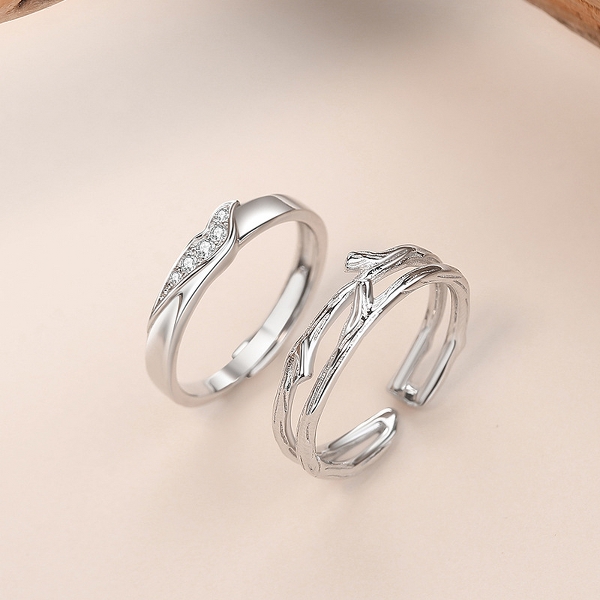
Sterling silver is a precious metal alloy that has been used in jewelry making for centuries. It is composed of 92.5% reines Silber und 7.5% andere Metalle, typischerweise Kupfer. This combination is what gives sterling silver its unique properties and makes it suitable for crafting exquisite jewelry pieces.
The addition of copper to silver creates a more durable and sturdy material. Pure silver is inherently soft and malleable, making it susceptible to scratches, dents, and bending. By incorporating copper, Schmuck aus Sterlingsilber achieves a perfect balance of strength and beauty.
Sterlingsilber ist für sein glänzendes Aussehen bekannt, resembling that of white gold but at a more affordable price point. Its versatility allows jewelers to shape it into intricate designs, making it popular for various types of jewelry, from sterling silver rings and necklaces to bracelets and earrings.
The Origin of 925 Sterlingsilber
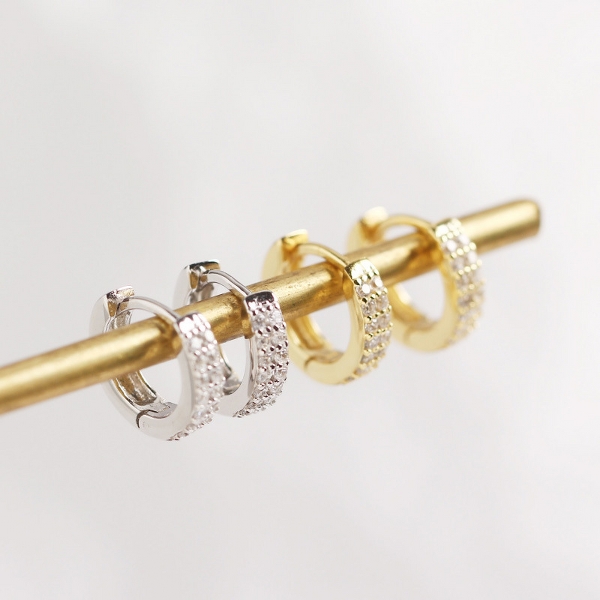
Der Begriff “925 Sterlingsilber” is derived from the combination of two factors: Die purity of the silver used and the standardization of silver alloys in the jewelry industry.
Purity of Silver
In terms of purity, pures Silber, auch Feinsilber genannt, is composed of 99.9% Silber. While this level of purity exudes a brilliant shine, it is too soft for practical use in jewelry. Without any other metals added to the composition, pure silver would easily scratch, deform, and lose its shape over time.
To enhance its durability, jewelers began adding small amounts of other metals, wie Kupfer, to silver. This introduction of alloying metals created what we now know as sterling silver. The most common composition for sterling silver is 92.5% Silber und 7.5% of other metals, which includes copper.
Standardization of Silver
But why the specific ratio of 92.5% Silber? The answer lies in standardization and compliance with legal regulations. Various countries, including the United States, have established standards affirming that silver jewelry must contain mindestens 92.5% pures Silber to be labeled and sold as “sterling silver.”
daher, when you come across the term “925 Sterlingsilber,” it is simply a shorthand way of stating that the piece is made of 92.5% pure silver and meets the recognized standards of sterling silver in the industry.
Why is 925 Sterling Silver Preferred in Jewelry Making?
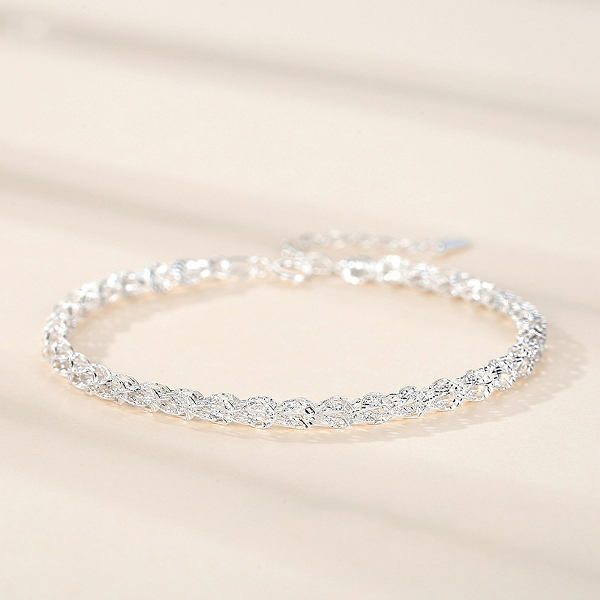
925 sterling silver is highly favored by jewelry makers for several reasons, making it a popular choice for crafting exquisite pieces. Here are some key reasons why it stands out among other materials:
Haltbarkeit
The addition of alloying metals, particularly copper, enhances the strength and durability of sterling silver. This ensures that jewelry made from 925 sterling silver is less prone to scratches, dents, and deformation, providing a longer lifespan and retaining its beauty over time.
Bezahlbarkeit
Compared to other precious metals like gold or platinum, 925 sterling silver offers a more budget-friendly option without compromising on elegance and style. It allows individuals to enjoy the beauty and sophistication of silver jewelry without breaking the bank.
Vielseitigkeit
Jewelers appreciate the malleability of 925 Sterlingsilber, as it facilitates the creation of intricate and detailed designs. From delicate filigree work to bold statement pieces, sterling silver can be transformed into various styles and forms to cater to different tastes and preferences.
Timelessness
Sterling silver has stood the test of time, remaining a timeless and classic choice in the world of jewelry. Its neutral hue complements a wide range of gemstones and outfits, making it a versatile option for both everyday wear and special occasions.
Hypoallergen
Many individuals have sensitivities or allergies to certain metals, particularly nickel. Unlike some other jewelry metals, authentic 925 sterling silver is hypoallergenic, making it a safe and comfortable choice for those with metal allergies or sensitive skin.
With its durability, Erschwinglichkeit, versatility, timeless appeal, und hypoallergene Eigenschaften, 925 sterling silver continues to be a preferred material for creating stunning and lasting jewelry pieces.
How to Identify Authentic 925 Sterlingsilber
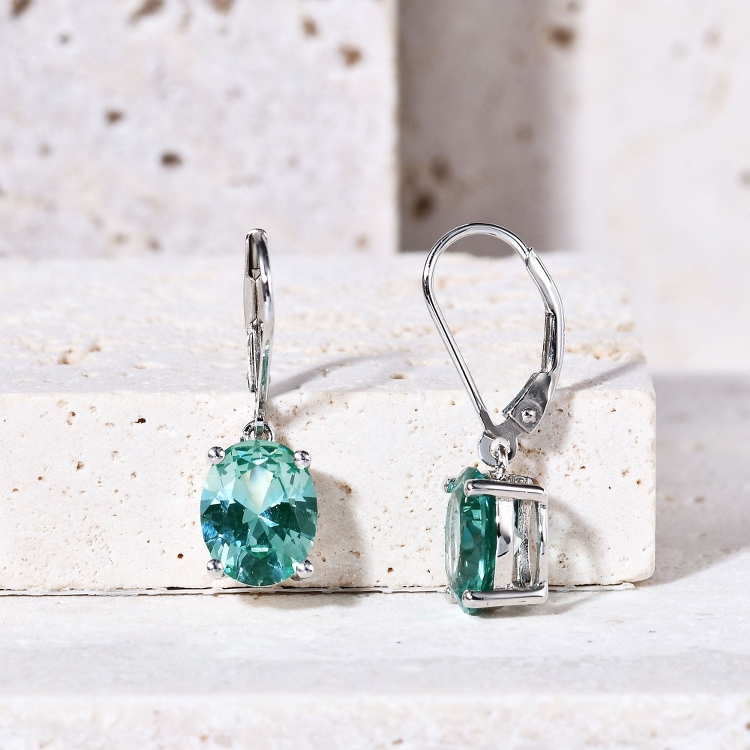
When purchasing silver jewelry, it’s essential to ensure its authenticity. Here are some tips to help you identify genuine 925 Sterlingsilber:
Look for Hallmarks
Authentic 925 sterling silver jewelry often bears specific hallmarks or stamps indicating its purity. The most common hallmark is “925” oder “925 Sterling.” Zusätzlich, you may find country-specific marks, wie zum Beispiel “Sterling,” “Ster,” or the numerical standard like “925,” “935,” oder “958.” These hallmarks serve as a guarantee of the silver’s quality and purity.
Check for Quality Marks
In some countries, quality marks are used to certify the authenticity and standards of silver jewelry. Zum Beispiel, the United States uses the “Sterling” mark along with the manufacturer’s mark or a registered trademark. Research the quality marks relevant to your country to ensure you’re buying genuine 925 Sterlingsilber.
Consider Weight
Sterling silver is denser than other commonly used metals in jewelry. If a piece feels substantial and has a weight consistent with its size, it may indicate the presence of genuine 925 Sterlingsilber.
Conduct Nitric Acid Test
For a more conclusive test, consult a professional jeweler to perform the nitric acid test. This test involves applying a small drop of nitric acid onto a discreet part of the jewelry piece. Genuine 925 sterling silver will show little to no reaction, while lower-quality silver or alloys will exhibit discoloration or a greenish reaction.
Purchase from Reputable Sources
To ensure the authenticity of your 925 Schmuck aus Sterlingsilber, buy from reputable jewelers or trusted jewelry manufacturers. They are more likely to offer certified and high-quality silver pieces.
By familiarizing yourself with these identification methods, you can confidently make informed purchases and appreciate the genuine beauty of 925 Schmuck aus Sterlingsilber. Im nächsten Abschnitt, we will guide you on caring for your precious silver pieces. Stay tuned to keep your jewelry pristine and radiant!
Which is Better, Silver or Sterling Silver?
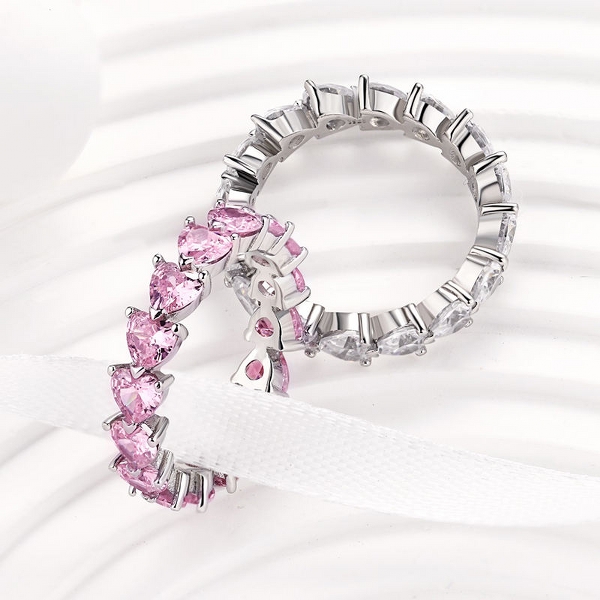
When it comes to choosing between silver and sterling silver, it’s essential to understand the differences and consider your specific needs and preferences. Let’s explore the characteristics of each to determine which may be better suited for you:
Silber
Silber, in its pure form, is a highly lustrous and precious metal. It has been used in jewelry making for centuries and is renowned for its beauty and rarity. Here are some key factors to consider when evaluating silver:
- Purity: Reines Silber, auch Feinsilber genannt, has a purity of 99.9%. It is highly malleable but lacks the necessary durability for everyday wear.
- Weichheit: Due to its softness, pure silver is easily susceptible to scratches, dents, and deformations. This makes it impractical for jewelry that requires durability.
- Anlaufen: Pure silver is prone to tarnishing when exposed to air and certain chemicals. This can lead to a darkening or discoloration of the metal over time.
Sterlingsilber
Sterlingsilber, on the other hand, is an alloy composed of 92.5% reines Silber und 7.5% andere Metalle, generally copper. This combination offers several advantages over pure silver:
- Haltbarkeit: The addition of copper enhances the durability of sterling silver. It becomes more resistant to scratches, dents, and deformations, allowing jewelry made from sterling silver to withstand regular wear.
- Anlaufschutz: While sterling silver may still tarnish over time, its composition makes it more resistant to tarnishing compared to pure silver. Mit richtiger Pflege und Wartung, sterling silver jewelry can retain its brilliance for longer periods.
- Bezahlbarkeit: Due to its lower silver content, sterling silver is generally more affordable than pure silver. This makes it a popular choice for those seeking high-quality jewelry at a more accessible price point.
Which is Better?
Zusammenfassend, whether silver or sterling silver is better depends on your specific requirements.
- If you prioritize durability, tarnish resistance, und Erschwinglichkeit, 925 sterling silver is the preferable choice.
- If you value the purity and rarity of fine silver and are willing to accept its limitations, pure silver may be more suited for you.
Letztlich, both silver and sterling silver have their unique beauty and significance. It’s crucial to consider factors such as intended use, Budget, and personal style when making your decision. Consult with reputable jewelers or experts to ensure you make an informed choice and find the perfect piece to adorn yourself or someone special.
Caring for 925 Schmuck aus Sterlingsilber
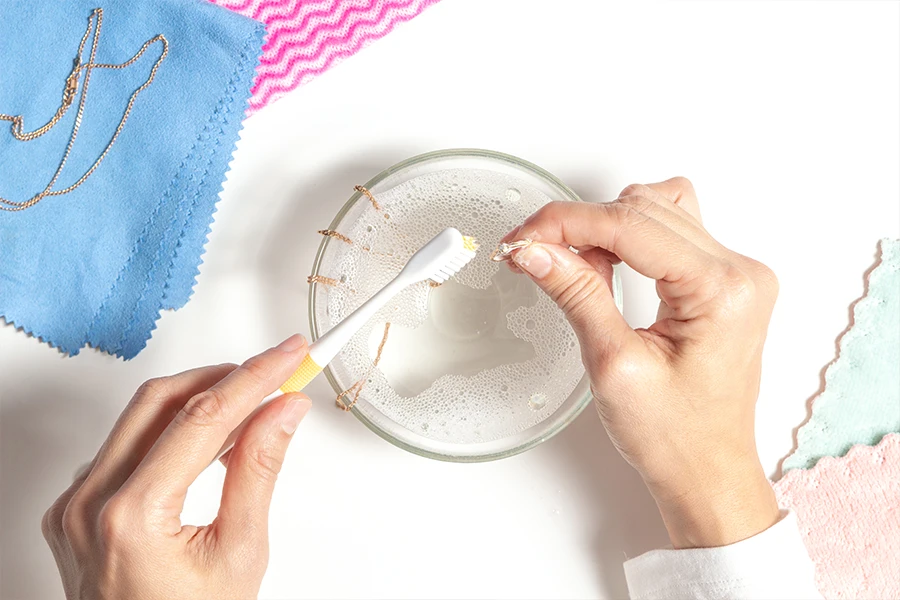
Proper care and maintenance are crucial to keep your 925 sterling silver jewelry looking its best over time. Here are some practical tips to help you preserve the beauty and shine of your precious silver pieces:
Storage
Store your silver jewelry in a cool, Trockener Ort, preferably in individual pouches or a tarnish-resistant jewelry box to minimize exposure to air and moisture. Avoid storing them alongside other jewelry to prevent scratches and tangling.
Cleaning
Regularly clean your 925 sterling silver jewelry to remove dirt, Öle, and tarnish. Use a mild soap or silver-specific cleaning solution, along with a soft cloth or a silver polishing cloth, to gently buff the surface. Avoid using abrasive materials or harsh chemicals that can damage the silver.
Polishing
Use a silver polishing cloth to restore shine and remove minor tarnish. Gently rub the cloth onto your jewelry, focusing on the areas that have dulled or tarnished. Be cautious with textured or oxidized designs, as excessive polishing may remove intentional patinas.
Avoid Exposure
Minimize your silver jewelry’s exposure to harsh chemicals, such as perfumes, Lotionen, and household cleaning agents. Remove your silver pieces before swimming, bathing, or engaging in activities that may expose them to chlorine, saltwater, or excessive humidity.
Professional Cleaning
For heavily tarnished or intricate jewelry pieces, consider seeking professional cleaning services from a trusted jeweler. They have the expertise and appropriate tools to safely restore the brilliance of your silver jewelry without causing damage.
By following these care guidelines, you can ensure your 925 sterling silver jewelry retains its beauty and remains a cherished part of your collection for years to come. Im nächsten Abschnitt, we will explore popular designs and uses of 925 Schmuck aus Sterlingsilber. Stay tuned to discover the versatility and elegance of this remarkable metal!
Abschluss
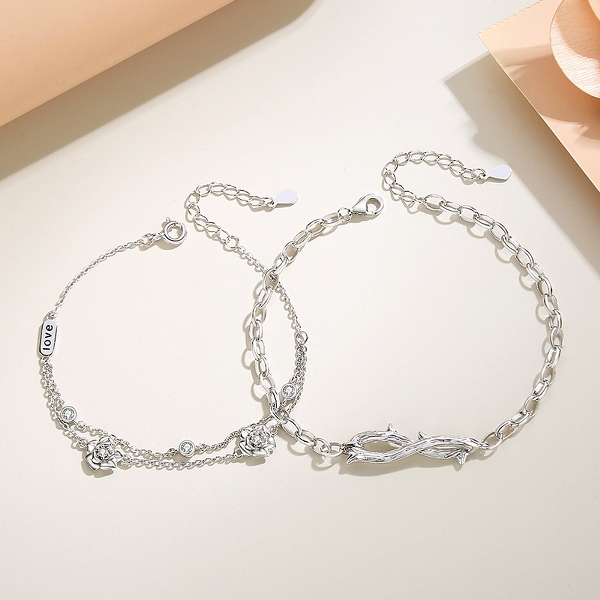
In conclusion, 925 sterling silver is more than just a metal—it represents beauty, Handwerkskunst, and enduring value. Understanding its composition, significance, and care requirements allows you to fully appreciate the exquisite jewelry pieces created with this remarkable material.
We hope this article has shed light on the knowledge and appreciation of 925 Sterlingsilber. Whether you’re a jewelry enthusiast or someone looking to add a touch of elegance to your collection, 925 sterling silver offers a world of possibilities. Embrace the allure of this precious metal and let it enhance your style and grace.


